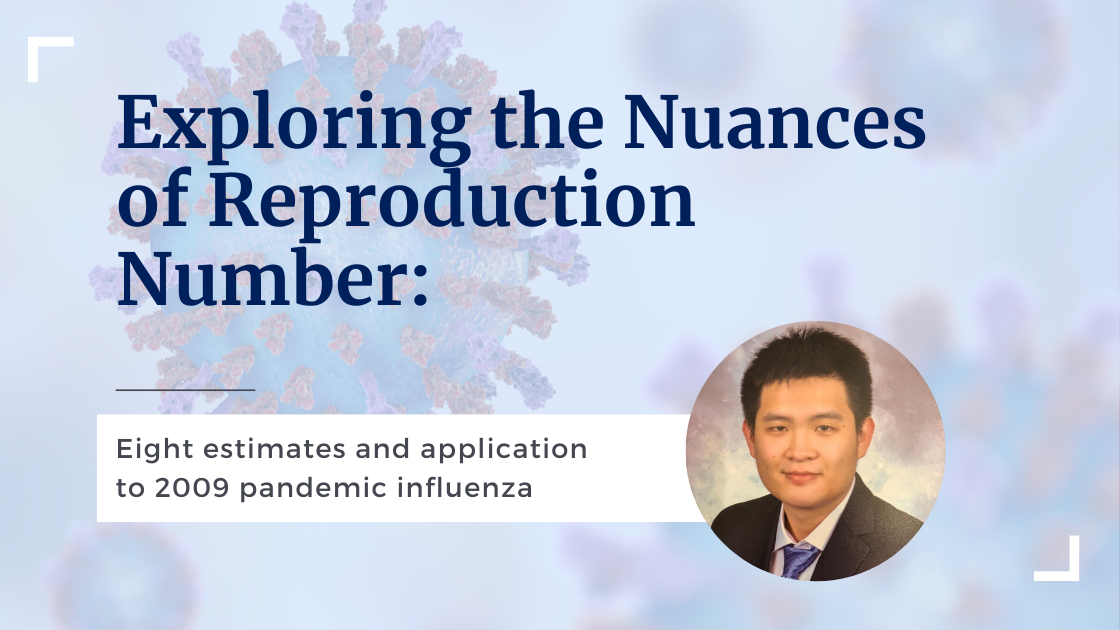Rice D2K Fellow, Andersen Chang, collaborating with Shannon Gallagher and William F. Eddy, recently published an epidemiology research paper on pandemic influenza. In their paper "Exploring the Nuances of R0," they describe eight methods used to estimate reproduction number (R0) and provide a thorough simulation study of how these estimates change in the presence of different disease parameters.
"In light of the current global pandemic situation, we often hear or read news stories about epidemiological studies that cite the real-time estimate R0 as an indicator for how quickly COVID-19 is spreading or how long the pandemic may last. However, estimates of R0 for COVID-19 vary quite largely from study to study," said Andersen Chang.
The idea for this project first came about in the aftermath of the Ebola aftermath. At the time, Andersen was doing research as part of the NIH's Models of Infectious Disease Agent Study (MIDAS) program. He and his collaborators discovered a variety of different methods used by epidemiologists in the literature to model the spread of infectious diseases, and saw that each of them had their own approach for estimating RO.
"I hope that our work helps those who are not intimately familiar with epidemiological models better understand what these reported R0 estimates for COVID-19 mean, how they were derived, and how accurate the estimates are. I also hope that our paper can help researchers better understand the statistical nuances of the models and methods used to estimate R0 so that they can make more informed modeling decisions."
Andersen Chang received a B.S. in Statistics and a Master's of Statistical Practice from Carnegie Mellon University. His current research focuses on graphical models with applications to neuroscience. He is a Bill.com D2K Teaching Fellow for Data Science Consulting.
Link to the article: https://arxiv.org/abs/2003.10442

